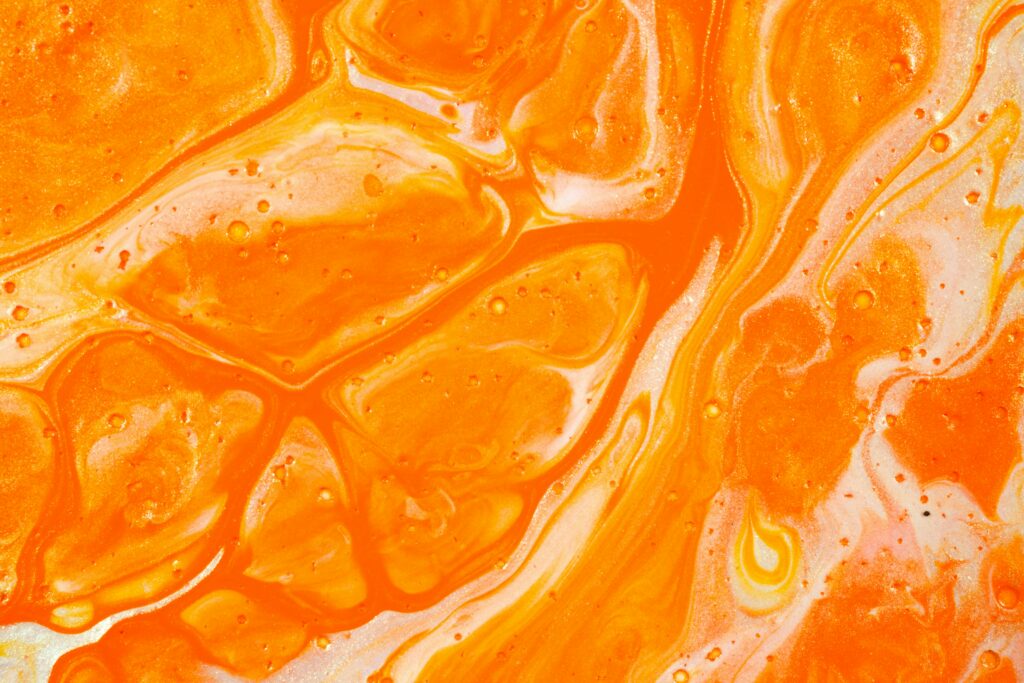
A new approach to lower blood sugar levels has been recently identified by the team of researchers of the Italian National Agency for New Technologies, Energy and Sustainable Development (ENEA) as part of the Med-Matrix-3 project funded by the Esserre nutraceutic company.
Preliminary studies carried out on new nutraceutical formulations (based on the active principles from food that can be beneficial for the health) contained in extracts from orange, lemon and red vine have shown that treatment of liver cells with some bioactive molecules from these foods can increase their response to circulating glucose levels.
“Specifically, the different plant matrices seem to favour the intracellular uptake of glucose, resulting in a significant increase in glycogen content and an improvement in insulin resistance,” explained Barbara Benassi, head of the ENEA Health and Environment Laboratory and co-author of the study with her colleague Maria Pierdomenico and with Costanza Riccioni, responsible for Esserre’s research and development activities.
Insulin resistance, a pathological state in which target cells do not respond to normal levels of circulating insulin, resulting in an alteration of glucose and lipid balance, was the object of the research. In particular, human liver cells were treated with the above natural extracts to study the glucose-lowering effect of anthocyanins and flavanones, beneficial molecules found abundantly in red vine and citrus fruits. According to researchers, the action of this new formulation could reduce glucose levels thus improving insulin resistance.
These experimental results, if further validated, could pave the way for the use of new formulations containing flavonoids obtained from lemon, orange and red vine extracts to control blood sugar levels and for the treatment of insulin-resistance in subjects at risk or who experience serious side effects associated with the hypoglycaemic drugs currently available.

